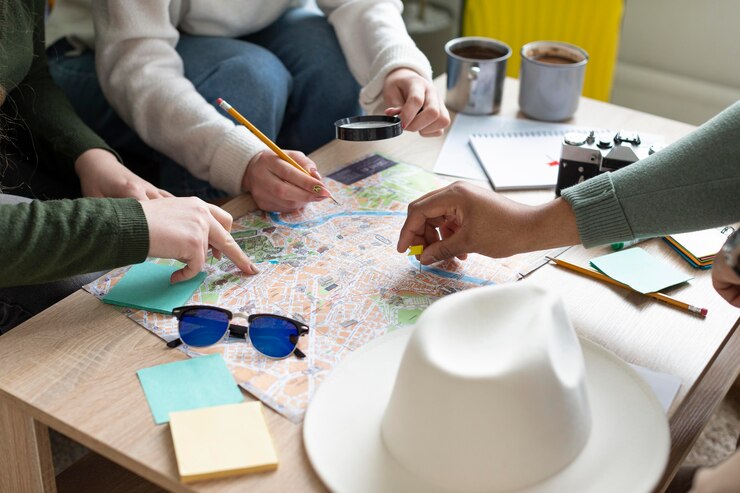The Art of Crafting Your Perfect Adventure: A Guide to Travel Planning
Travel planning is more than just booking flights and hotels; it’s an art form that allows you to curate your dream adventure. Whether you’re a seasoned traveler or a newbie exploring the world for the first time, creating a well-thought-out travel itinerary can make all the difference in your journey.
The first step in travel planning is setting your goals and expectations. Are you looking for a relaxing beach vacation, a cultural immersion in a bustling city, or an adrenaline-pumping outdoor adventure? Understanding what you want to get out of your trip will help you narrow down your destination choices.
Once you’ve decided on your travel goals, it’s time to research your destination. Dive into travel blogs, guidebooks, and online forums to gather insider tips and recommendations. Make a list of must-see attractions, local cuisine to try, and off-the-beaten-path gems to explore.
Budgeting plays a crucial role in travel planning. Determine how much you’re willing to spend on transportation, accommodation, meals, activities, and souvenirs. Look for ways to save money, such as booking flights in advance, opting for budget-friendly accommodations, and enjoying street food instead of dining at expensive restaurants.
When it comes to creating an itinerary, strike a balance between planned activities and free time. Allow yourself room for spontaneity and serendipitous discoveries while ensuring you don’t miss out on must-do experiences. Consider factors like travel time between attractions, local customs and traditions, and the weather when scheduling your activities.
Packing smart is an essential part of travel planning. Make a checklist of travel essentials, including clothing, toiletries, electronics, travel documents, and any specific items you’ll need for your activities. Pack light to avoid lugging around heavy bags and leave room for souvenirs you’ll pick up along the way.
Safety should always be a top priority when traveling. Research the safety situation in your destination, register with your embassy if necessary, and keep copies of your important documents in a separate location. Stay vigilant, trust your instincts, and be aware of common scams and pitfalls that tourists may encounter.
Lastly, don’t forget to immerse yourself in the local culture and connect with the people you meet along the way. Traveling is not just about ticking off bucket list items; it’s about creating meaningful memories and forging connections that transcend borders and languages.
In conclusion, travel planning is a blend of research, creativity, and flexibility that allows you to design your perfect adventure. By setting clear goals, doing thorough research, budgeting wisely, crafting a well-balanced itinerary, packing smart, prioritizing safety, and embracing cultural experiences, you can ensure a memorable and enriching travel experience that will stay with you long after you’ve returned home.

